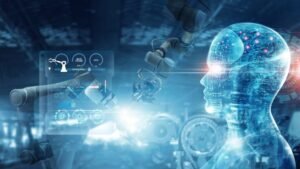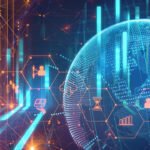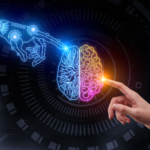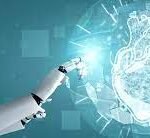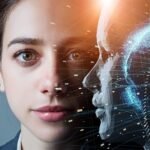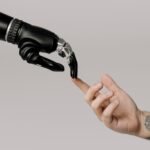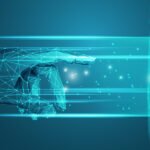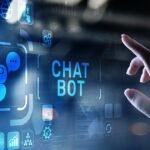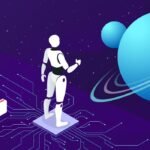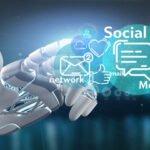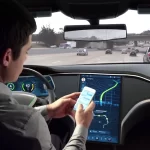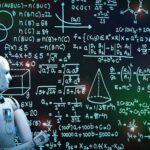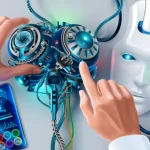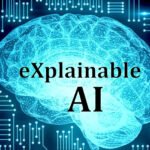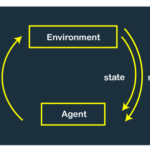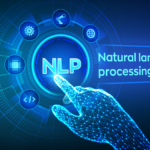AI and the Future of Work
The advent of Artificial Intelligence (AI) has ushered in a new era of technological advancement, transforming various aspects of our lives. From healthcare and transportation to entertainment and communication, AI has made significant contributions across numerous industries. One area that is undergoing profound changes is the world of work. As AI continues to evolve, it is reshaping the workforce, creating new opportunities, and challenging existing paradigms. In this blog post, we will explore the impact of AI on the future of work and how individuals and organizations can adapt to thrive in this dynamic environment.
The Evolution of Work:
Throughout history, work has always been subject to change. The agricultural revolution led to the rise of farming and animal husbandry, while the industrial revolution brought about factories and assembly lines. These transformations disrupted existing professions, but they also created new jobs and economic growth. Similarly, the rise of AI and automation is revolutionizing the nature of work once again.
Automation and Job Displacement:
One concern often associated with AI is the fear that automation will replace human workers. While it is true that certain routine and repetitive tasks can be automated, the impact on overall employment is more nuanced. AI has the potential to augment human capabilities rather than replace them entirely. By automating repetitive tasks, AI frees up time for workers to focus on higher-value activities that require creativity, critical thinking, and emotional intelligence.
New Opportunities and Job Creation:
As certain jobs become automated, new opportunities emerge. The development and implementation of AI technology require a range of skills, from data science and machine learning to user experience design and ethics. This has led to the creation of entirely new job roles, such as AI trainers, data analysts, and algorithmic bias auditors. Moreover, AI-driven technologies are creating demand in industries such as cybersecurity, personalized medicine, and renewable energy. By embracing AI, workers can upskill or reskill themselves to take advantage of these emerging opportunities.
Human-Machine Collaboration:
Rather than replacing humans, AI has the potential to augment human capabilities and enable new forms of collaboration. Humans possess unique qualities such as empathy, intuition, and creativity that are difficult to replicate in machines. By leveraging AI tools, workers can enhance their decision-making process, gather insights from vast amounts of data, and automate repetitive tasks. This collaboration between humans and machines, often referred to as “augmented intelligence,” allows for increased efficiency, productivity, and innovation.
Skills for the Future:
To thrive in an AI-driven future, individuals need to develop a range of skills that complement the capabilities of machines. While technical skills in AI and data science are valuable, equally important are soft skills such as creativity, critical thinking, adaptability, and emotional intelligence. These skills enable individuals to navigate complex problems, collaborate effectively, and provide the human touch that AI cannot replicate.
Preparing for the Future:
As AI continues to evolve, it is crucial for organizations and governments to invest in preparing the workforce for the future. This includes fostering a culture of lifelong learning, providing accessible education and training programs, and promoting reskilling initiatives. Additionally, ethical considerations surrounding AI, such as privacy, transparency, and fairness, must be addressed to ensure responsible AI development and deployment.



